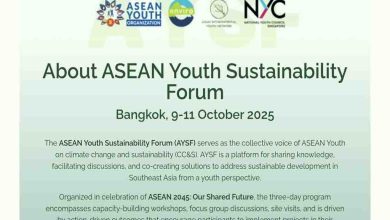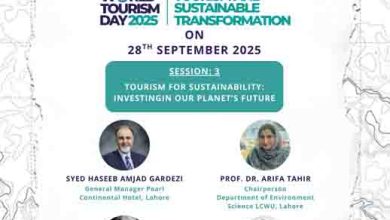Snow Decline in HKH Region Triggers Alarming Water Shortage Fears Report 2025
The snow decline in HKH region has reached a dangerous tipping point. According to the Snow Update Report 2025 by ICIMOD, snow persistence across the Hindu Kush Himalaya is at its lowest in 23 years. For the third year in a row, below-normal snowfall is the new norm, heightening fears of a major water shortage for nearly two billion people.
With many river basins showing severe declines, this trend now threatens food security, energy production, and geopolitical stability across South and Southeast Asia.
What Is Snow Persistence and Why It Matters
Snow persistence measures how long snow stays on the ground throughout the year. It’s a critical factor for seasonal river flows, agriculture, and hydropower generation in the HKH region, often called “Asia’s water tower.”
Major River Basins at Risk
The most severe declines in 2025 were noted in:
-
Mekong Basin: -51.9%
-
Salween Basin: -48.3%
-
Brahmaputra Basin: -27.9%
-
Yangtze Basin: -26.3%
-
Ganges Basin: -24.1%
-
Indus Basin: -16.0%
These basins support millions of people across China, India, Bangladesh, Myanmar, Laos, and Pakistan. Their declining snow reserves point to impending water stress in both rural and urban zones.
Tibetan Plateau – The Climate Bellwether Collapses
The Tibetan Plateau, often referred to as Asia’s climate bellwether, saw a shocking reversal — from a high of +92.4% in 2022 to -29.1% in 2025. This massive drop highlights the erratic and accelerating pace of climate change in high-altitude regions.
Such dramatic swings have direct implications for glacial melt, river regulation, and overall climate feedback mechanisms.
Ganges, Brahmaputra & Indus – Asia’s Lifelines Under Threat
Ganges Basin:
-
2015 peak: +30.2%
-
2025 low: -24.1%
This decline could disrupt early summer flows, affecting monsoon timing and crop cycles.
Brahmaputra Basin:
-
Down by 27.9%, threatening the ecological and agricultural balance across northeast India and Bangladesh.
Indus Basin:
-
Slight recovery from -24.5% in 2024 to -16% in 2025, yet still below average.
-
Crucial for Pakistan’s water needs, especially in Punjab and Sindh provinces.
The snow decline in HKH region is no longer hypothetical — it is actively disrupting Asia’s lifelines.
Long-Term Snow Persistence Trends (2003–2025)
Data from 2003 to 2025 confirms a downward trajectory in snow persistence. Key examples include:
-
Mekong Basin: From +80.3% in 2019 to -51.9% in 2025.
-
Amu Darya Basin: From +40.4% in 2008 to -18.8% in 2025.
Some basins like Tarim and Helmand show consistent, multi-year negative trends, compounding issues like drought and political instability, especially in Afghanistan.
East-West Basin Divergence
According to Dr. Sher Muhammad, the lead author of the report, the east-west divergence is growing:
“Western basins like the Indus show slight recovery, but eastern basins are deteriorating at alarming rates.”
This divergence demands custom regional strategies and a rethink of existing climate adaptation frameworks.
Expert Voices: Urgent Calls for Action
ICIMOD Director General, Pema Gyamtsho, states:
“We are now locked into an irreversible course of recurrent snow anomalies.”
He advocates for:
-
Science-driven policymaking
-
Greater transboundary water cooperation
-
Improved forecasting and data integration
Delaying action could escalate resource-based conflicts, especially in fragile zones like South Asia.
Recommendations: What Needs to Be Done
To counter the snow decline in HKH region, ICIMOD outlines the following:
1. Basin-Specific Water Management
Tailor strategies for individual basins based on snow data.
2. Seasonal Water Storage Infrastructure
Build and upgrade dams, reservoirs, and underground storage systems.
3. Integrate Snow Data into National Water Plans
Use real-time climate data to shape national irrigation and flood policies.
4. Cross-Sectoral Coordination
Connect climate, agriculture, energy, and water ministries under a unified framework.
Conclusion: From Snow to Scarcity – A Regional Emergency
The 2025 ICIMOD Snow Report is not just a warning—it’s a call to action. The continued snow decline in HKH region could mark the beginning of prolonged water shortages, food insecurity, and energy crises across Asia.
For nations dependent on the 12 HKH river basins, the time to act is now. Adaptation, cooperation, and investment in sustainable water management are no longer optional—they are essential.







